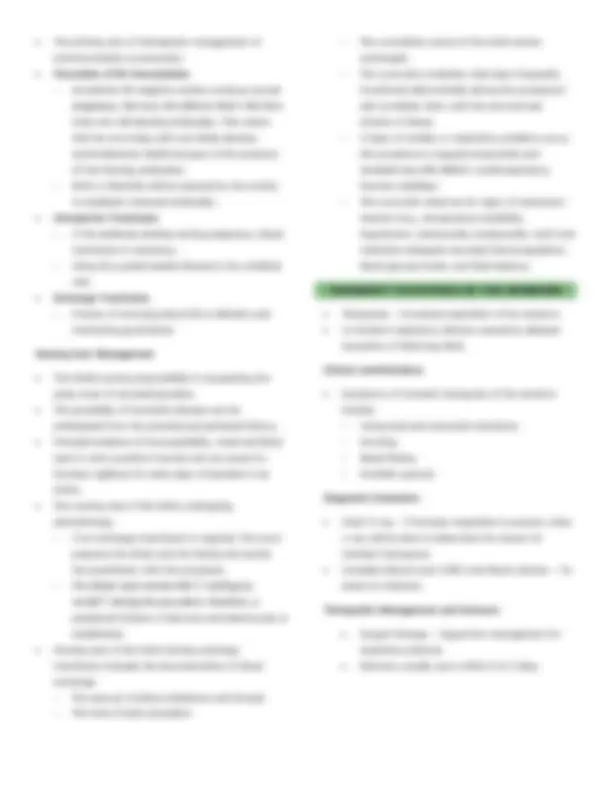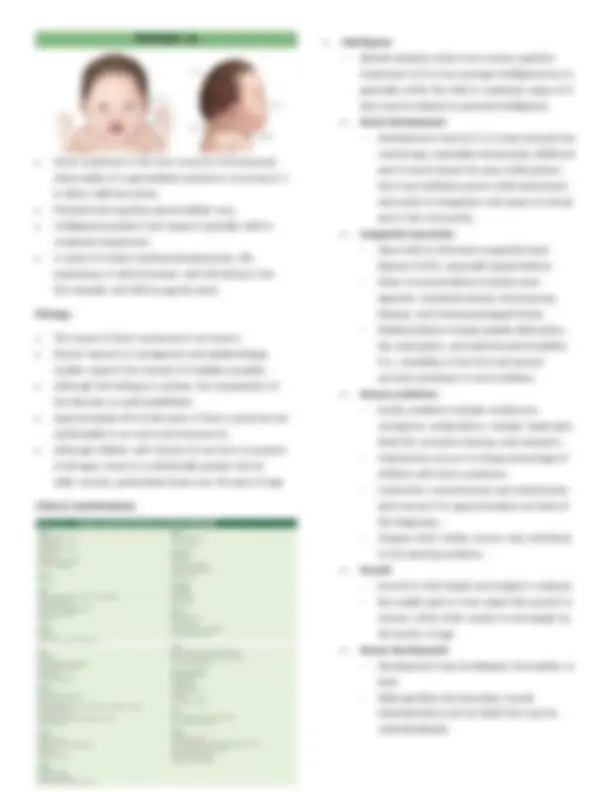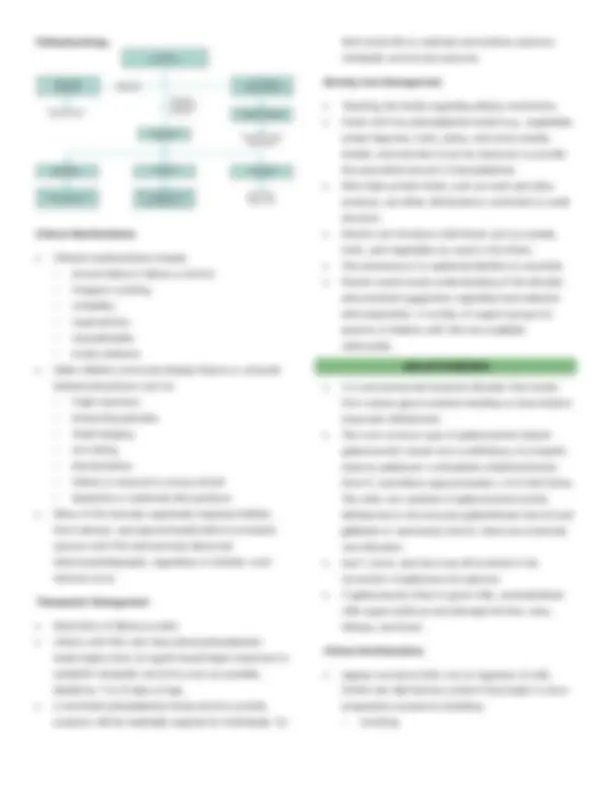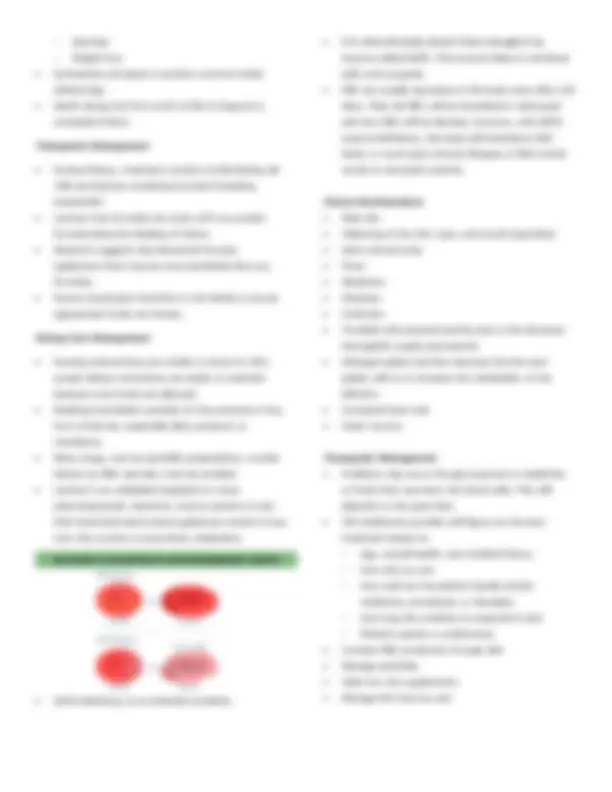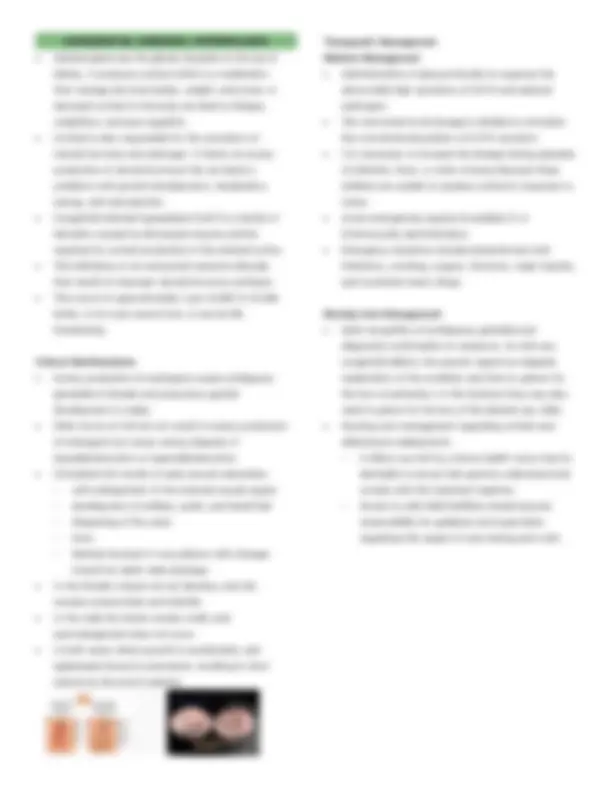NCMA 219
• Necrosis – There is an inflammation or damage to
tissues.
• Nectrotizing enterocolitis – Necrotizing Enterocolitis is
the inflammation and death of intestinal tissue. It
may involve just the lining of the intestine or the
entire thickness of the intestine. In severe cases, the
intestine may even perforate. If this happens,the
bacteria normally found only in the intestine can leak
into the abdomen and cause widespread infection.
This is considered a medical emergency.
• NEC is most common in premature infants.
• It usually develops within two weeks of birth
Pathophysiology
• The precise cause of NEC Is still uncertain, but it
appears to occur in infants whose GI tract has
suffered vascular compromise- means there is
prematurity of gastrointestinal tract leading to
hypoxia.
Bowels is compromised with oxygen → Intestinal
schemia injury caused by decreases oxygen supply in
the gastrointestinal tract ; unknown case →
gastrointestinal tract proliferation → NEC → Damage
to mucosal cells lining and bowel wall → Diminised
blood suplly to these cells causes death in large
numbers → Stop secreting protective, lubricating
mucus (making it prone to exotoxin), and the thin,
unprotected bowel wall is attacked by proteolytic
enzymes → Unable to synthesize protected IgM, and
the mucosa is permeable to macromolecules (e.g.,
exotoxins) which further hamper intestinal defenses
→ Gasforming bacteria invade the damaged areas to
produce intestinal pneumatosis, air in the submucosal
or subserosal surfaces of the bowels.
Clinical Manifestations
• The prominent signs of NEC are
- Distended abdomen
- Gastric residuals
- Bloos in the stools (hematochezia)
• Because NEC closely resembles septicemia, the infant
may (“not look well”)
• Non specific signs include:
- Lethargy
- Poor feeding
- Hypotension
- Apnea
- Vomiting (often bile-stained)
- Decreased urinary output
- Hypothermia
• The onset is usually between is usually between 4
and 10 days after the initiation of feedings
• But signs may be evident as early as 4 hours of age
as late as 30 days
• NEC in full term infants almost always occurs in the
first 10 days of life
Diagnostic Evaluation
• Radiographic studies show a sausage-shaped
dilation of the instestine that progresses to marked
distension and the characteristic intestinal
pneumatosis-“soapsuds,” or the bubbly appearance
of thickened bowel wall and ultralumina.
Air may be present in the portal circulation or free air
observed in the abdomen, indicating perforation.
• Laboratory findings may include anemia, leukopenia,
leukocytosis, metabolic acidosis, and electrolyte
imbalance.
- In severe cases coagulopathy (disseminated
intravascular coagulation) or thrombocytopenia
may be evident.
- Organisms may be cultures from blood, although
bacteremia or septicemia may not be prominent
early in the course of the disease.


